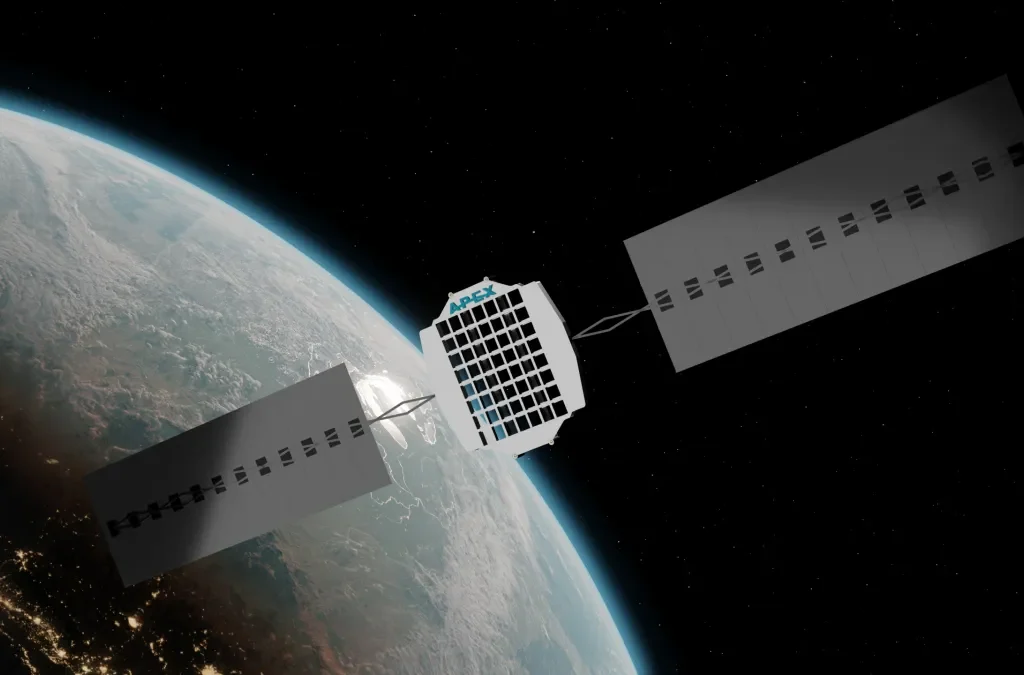U.S. satellite manufacturer Apex has introduced its largest spacecraft to date, a new satellite bus aimed at both commercial and government constellation operators.
The company said on May 28 it is now accepting orders for Comet, a large satellite platform designed to support payloads exceeding 500 kilograms and generating more than five kilowatts of power. The bus features a flat form factor built to fit within a five-meter payload fairing, making it compatible with commonly used launch vehicles.
The Comet platform complements Apex's smaller Aries and Nova buses, and had been part of the company's roadmap since its founding. However, high levels of customer interest prompted Apex to accelerate its development.
“We've been getting a lot of inbound interest,” said Ian Cinnamon, chief executive of Apex. He noted that potential commercial users are eyeing Comet for Starlink-style constellations targeting applications such as direct-to-device and Internet of Things services. “Anytime you need a very large antenna in orbit looking down at the ground, it can be very useful,” he said.
Defense customers have also expressed interest in using Comet for programs like the proposed Golden Dome missile defense system. “They're thinking about how that fits into the overall architecture for things like the sensor layers and space-based interceptor,” Cinnamon added.
The company said it will continue producing all three satellite buses—Aries, Nova, and Comet—at its Los Angeles factory. However, delivery of Comet will require a lead time of 24 months, with typical orders expected to range between 10 and 20 spacecraft. “With Comet, it's rare that someone will want one or two of them,” Cinnamon said.
Apex emphasized that the new platform benefits from a vertically integrated supply chain and incorporates in-house technology developed for its earlier buses. “Being able to take those and then basically put them over into the larger form factor of Comet has let us create a vehicle that not only has the very unique shape that lets you put as many as possible in a Falcon 9 or any five-meter fairing, but it also lets us drive down on the price point to something where business cases actually start to make sense,” Cinnamon said.
While Apex has not disclosed pricing, Cinnamon said the cost per Comet unit will likely fall in the “mid-single-digit millions” of dollars.
The launch of Comet completes Apex's original vision of offering a range of small, medium, and large spacecraft platforms. The company currently has no plans to develop larger buses optimized for vehicles like SpaceX's Starship.
“I love the idea of it, but the reality is that there's no one who're really going to buy that right now,” Cinnamon said. “We focus on where the market is today and where there's money to be made today.”
